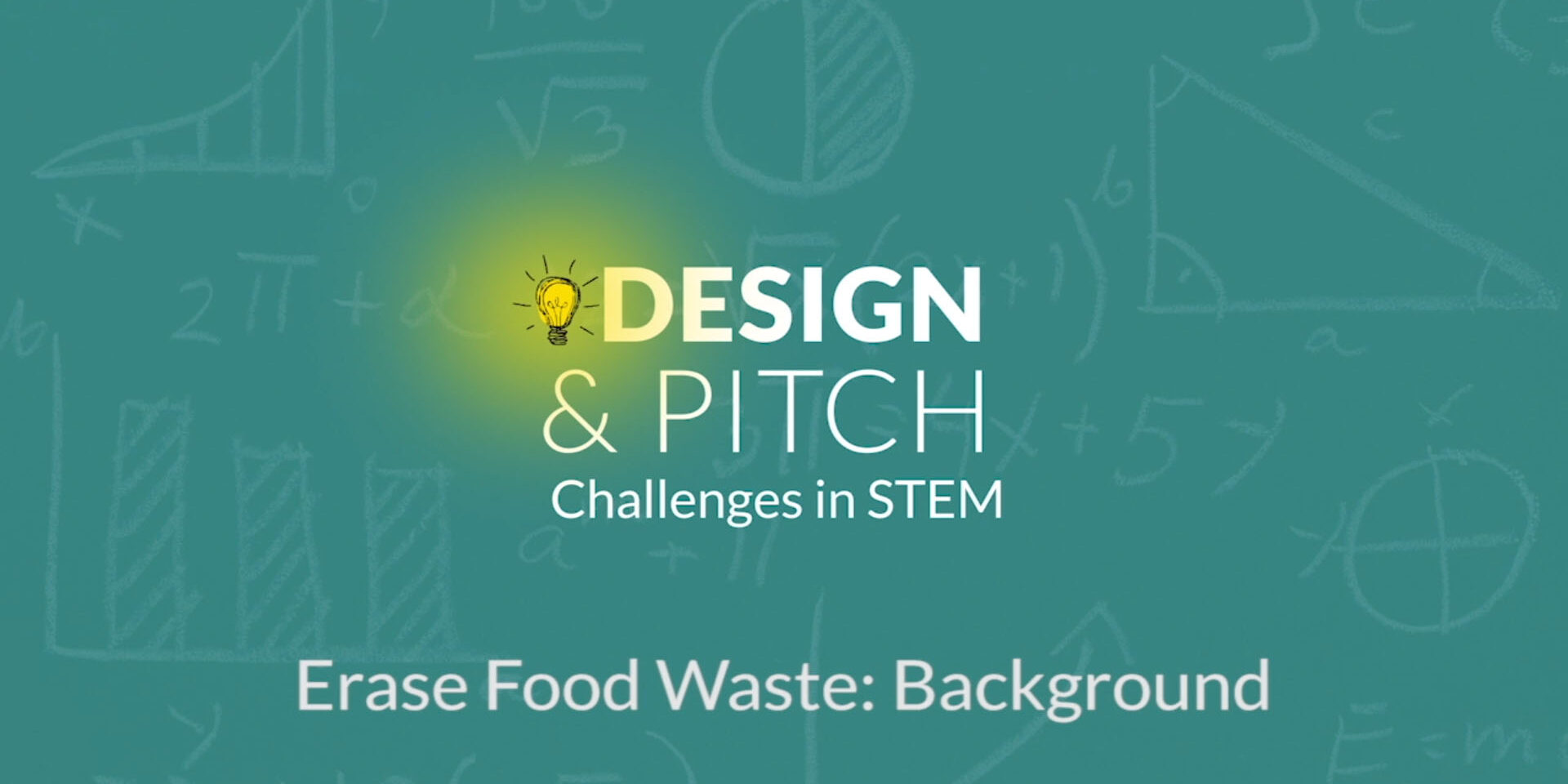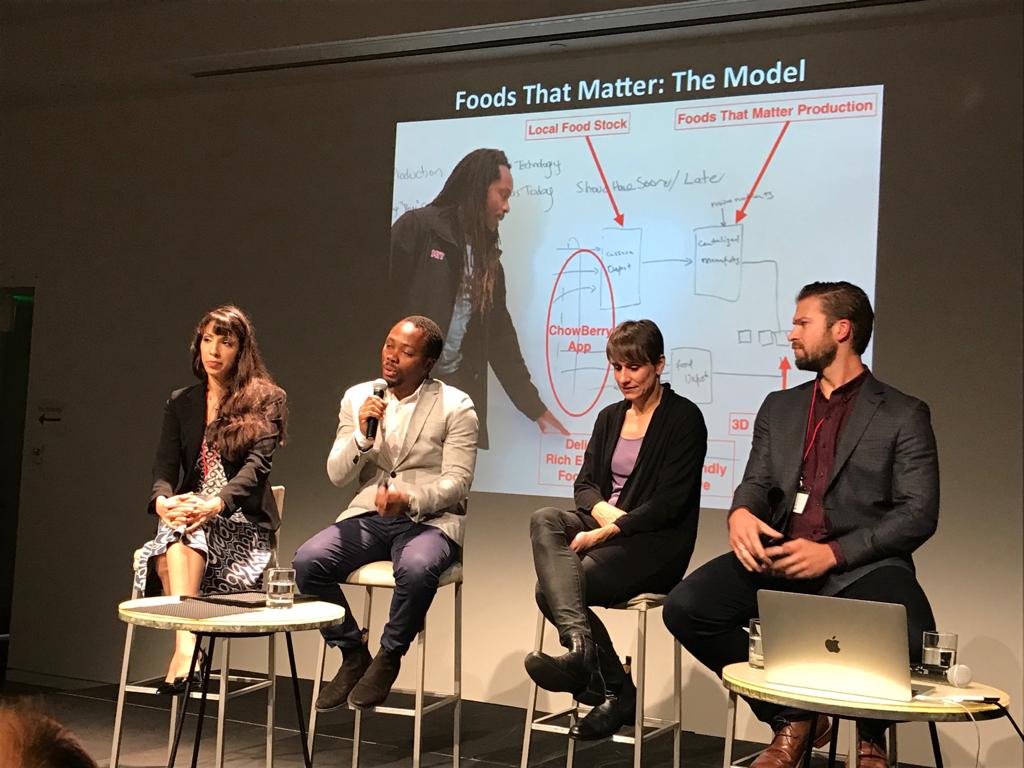“LifeBox” is a digitally enabled meal box program to improve health and wellbeing and empower feeders in vulnerable populations in the U.S with access to affordable healthy nutritious food while educating beneficiaries on healthy eating habits that lead to better health outcomes.
“LifeBox” is hinged on four (4) main pillars namely; a.) Improved access to nutritious food, b). Mobilization for action. c). Education on health and sustainability and d). Data
Leveraging the Chowberry technology, vulnerable individuals will be mapped to discount affordable nutritious food at risk of waste from vegetable gardens delivered as DIY Meal kits with matching nutritional information and preparation instructions activated by scanning the QR code on Lifebox using the Chowberry smartphone app. This will foster healthy and sustainable diets while educating beneficiaries on nutritional values and its connection to health outcomes.
By using the Chowberry app technology to CREATE a “LifeBox” by way of selecting from an array of listed fresh foods tagged with its nutritional and health benefits, beneficiaries are instinctively and subconsciously making healthy eating choices through our innovative active participatory learning approach.
In addition, the program seeks to mobilize action by building awareness among school age students via a bespoke STEM curriculum showing the interconnected problems of food waste, nutrition and environment and challenge students to develop solutions that address these cross-cutting issues to be used as input in the LifeBox program.
A practical way is to arm the students with technology for gathering data on vulnerable households and fresh food markets or create tools like a recipe builders using STEM skills. Students will participate in a virtual co-creation scheme to create a “Nutrition Color Code” made of colors and symbols designed to be pasted on the LifeBox packages as they volunteer by helping package the boxes for delivery to vulnerable households, as a result students learn more about nutrition, health and food in a real participatory way.
The target audience for the education and mobilization component is secondary school students (grades 6-12) in both formal (school classroom) and informal (after-school) learning environments. A second phase through a collaboration with partners can reach school districts making the program accessible to over 327,000 youth in our target age range. Target communities are a mix of urban, suburban, and rural, and represent predominantly non-white (84%) and economically disadvantaged (63%) demographics.

